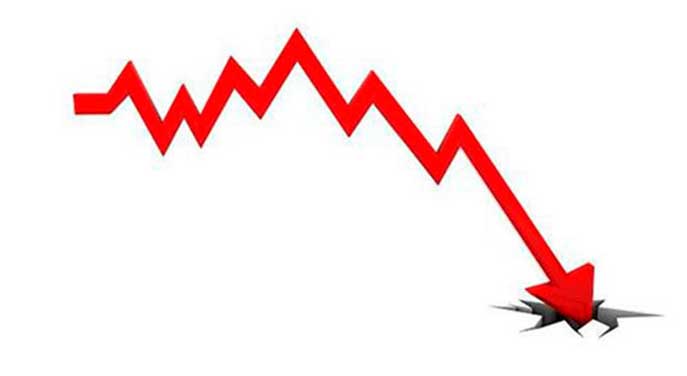 Grant was on the ground yelling as I came around the corner at high speed on my mountain bike at dusk. He had flown off his bike instead of hitting a moose standing on the trail. I skidded to avoid him.
Grant was on the ground yelling as I came around the corner at high speed on my mountain bike at dusk. He had flown off his bike instead of hitting a moose standing on the trail. I skidded to avoid him.
I could still see two moose, a cow and her year-old calf, on the trail about 75 yards up and could hear the third crashing in the bush.
After determining that Grant was okay, except for a few bruises and being a little shaken up from the close encounter, I decided to try my moose call. As I called, the cow moose turned and looked at us. And then, amazingly, she started slowly walking toward us. Astonished at my moose-calling ability, I called again. The cow came to within 20 yards and stopped to eat some branches. I called her again, and this time she came with her calf and stopped just 10 feet from where Grant was on the ground.
A couple of months ago, one of my clients ran into trouble with her business. She came to me complaining about slow sales. She felt discouraged after previously having several months of sales growth. Now she hadn’t heard from some of her customers and was afraid that some of the business changes she recently made had scared them off. Or had the competition won over her customers?
 |
|||||
| Related Stories | |||||
| Body language habits that make you stand out
|
|||||
| 4 sure-fire ways to reduce productivity in your organization
|
|||||
| Culture drives an organization to superior results
|
|||||
|
We discussed possible reasons for the sales slump and came up with a number of solutions to help rebound the sales. The best option for this client was to call her customers. She made a comprehensive list of all the customers she hadn’t heard from for a while and started contacting them. She invited them back with a great offer.
How often do you hear of once thriving businesses ending up closing forever?
In many cases where a business is forced to shut down, if the owners or management had called their customers back early enough, they could have avoided the heartbreak and loss that accompanies business failure.
Businesses must implement a system of consistently reaching out to past customers to find out where they’ve gone, why they left and how they could be enticed to return.
By reaching out to wayward customers, you not only reinvigorate your sales, you can do a lot of market research. You can learn about how your competition surpasses you, which will help you understand your customers’ thought processes. And you can put into place a plan that rebuilds relationships and value.
Most businesses don’t do this because it takes effort and it’s easier to complain about our losses than to do something significant.
As the moose came dangerously close to us, I told Grant to get up and keep his bike between himself and the moose. Afraid Grant might be charged and end up in worse shape than just bruises from his fall, I yelled to scare the moose off. As they rushed off into the bush, Grant and I got on our bikes and headed home.
My client’s calls worked to get her customers back, and her stress levels dropped. I’m happy to report that she was able to draw them back to her establishment before they had wandered too far off her path.
What about you? When was the last time you reached out to those customers you haven’t heard from for a while? What’s stopping you from calling them back?
Dave Fuller, MBA, is an award-winning business coach and a partner in the firm Pivotleader Inc.
For interview requests, click here.
The opinions expressed by our columnists and contributors are theirs alone and do not inherently or expressly reflect the views of our publication.
© Troy Media
Troy Media is an editorial content provider to media outlets and its own hosted community news outlets across Canada.

